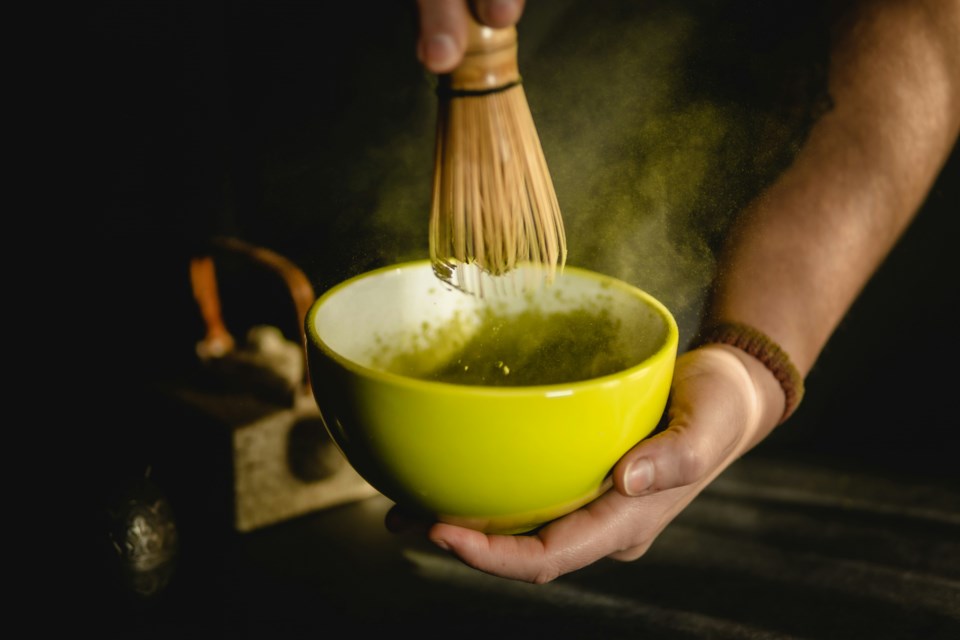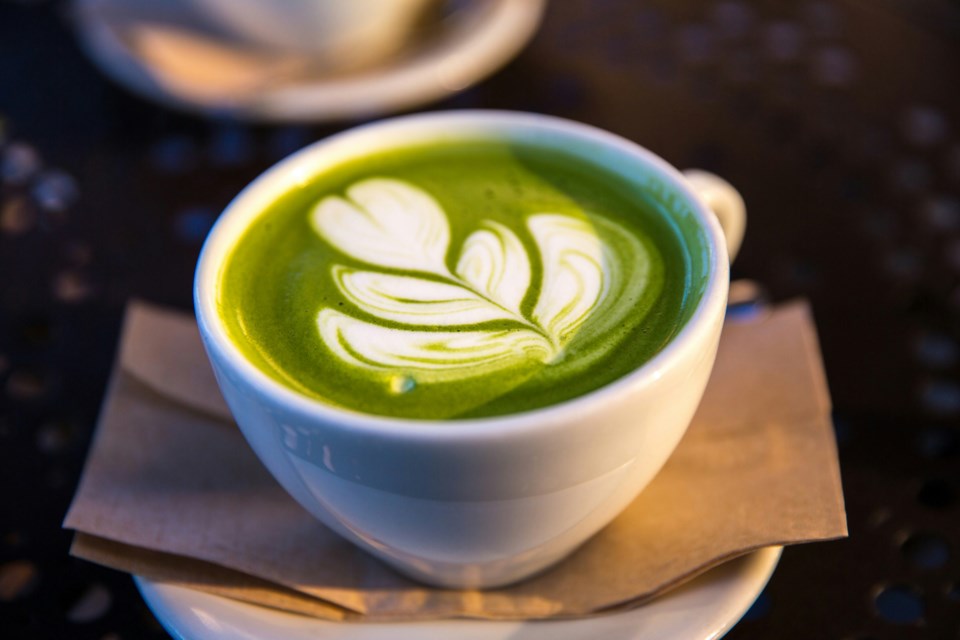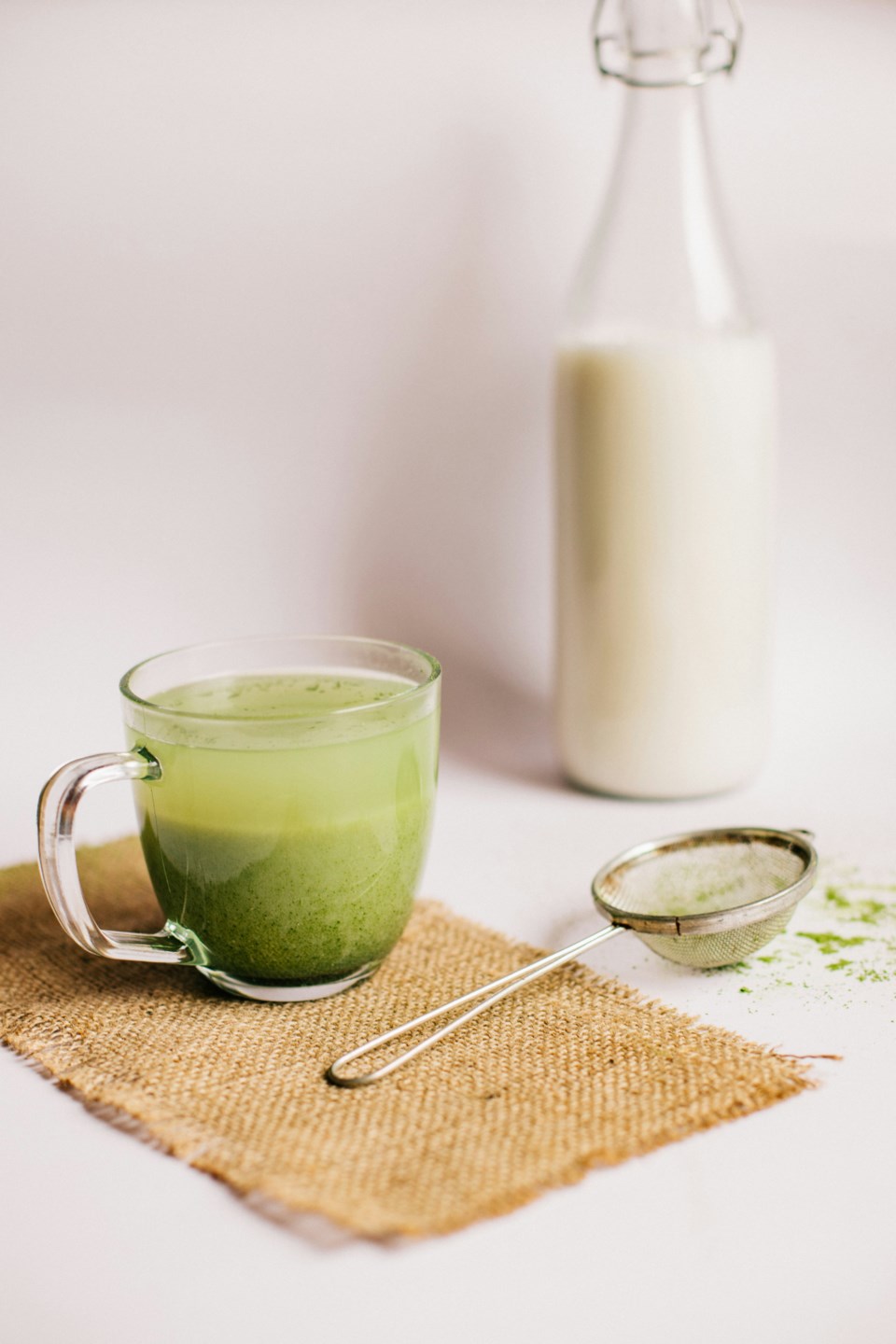Matcha's vibrant green hue and potential health benefits have made it a trendy addition to many routines.
And while savouring a meticulously made matcha at a café is a delight, recreating that same experience at home is entirely achievable. Yet, the taste at home can occasionally fall short of expectations or the memory of that café perfection.
But by arming yourself with a few essential insights, each cup you brew can mirror matcha mastery. Take a look at this checklist and learn how to avoid common mistakes and how to elevate your matcha experience.

Ditch the Boiling Water:
Unlike black tea, scorching hot water makes matcha bitter, as its sensitive to boiling water due to its high chlorophyll content, which can turn bitter if exposed to extreme heat. This breakdown process, cannot be reversed, but the bitterness can be balanced with sweeteners like honey or agave. Aim for a gentler 176°F (80°C) for most ceremonial grades. You can even go as low as 140°F (60°C) for some delicate varieties.
Alternatively, you can re-purpose bitter matcha in recipes like pancakes or bread for a delightful twist.
Spooning is for Soup, not Matcha:
A spoon simply can't achieve the frothy, smooth texture matcha is known for. Invest in a chasen, the traditional bamboo whisk, to properly break up clumps and aerate the tea.
Whisk Away:
Have you whisked thoroughly? A quality matcha requires vigorous whisking until a thick, frothy layer adorned with numerous tiny bubbles emerges. If the liquid peeks through the froth or if large bubbles persist, keep whisking until perfection is achieved.
Lumpy Matcha is a Letdown:
Matcha clumps happen, but they don't have to ruin your drink. Sift the powder before whisking to ensure a silky-smooth result.
Sun's Out, Matcha's Not:
Light degrades matcha's vibrant colour and delicate flavour. So be sure to store your matcha in an airtight, opaque container in a cool, dark place.
Think Cheap, Get Bitter:
Matcha comes in various grades, and for a truly enjoyable drink, ceremonial grade is best. The grade of matcha directly influences its flavour profile, with lower grades tending to be more bitter. Authentic ceremonial-grade Japanese matcha is made from shade-grown, top baby leaves rich in chlorophyll and amino acids, imparting a unique umami flavour and reducing bitterness. Cooking-grade matcha, made from more mature leaves, is ideal for recipes blending matcha with other ingredients but can be too strong when consumed as a pure tea.
By avoiding these simple mistakes, you'll be well on your way to mastering the art of matcha and savouring its unique flavour profile.





